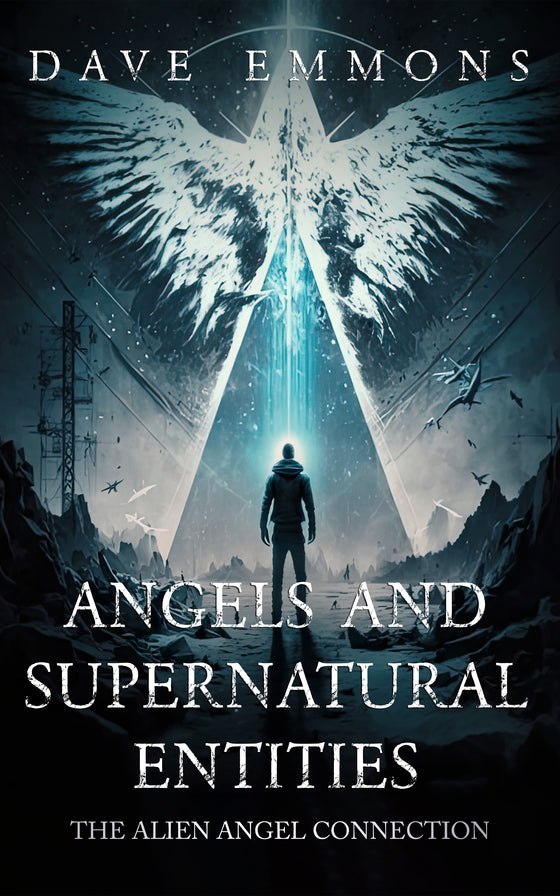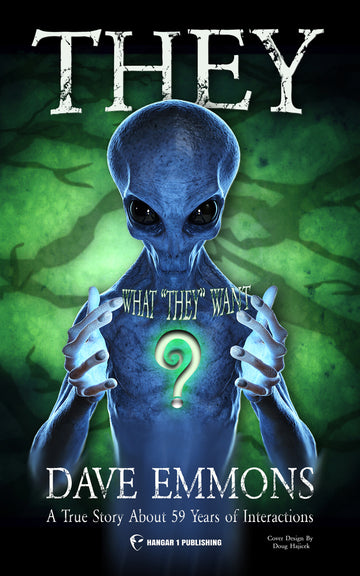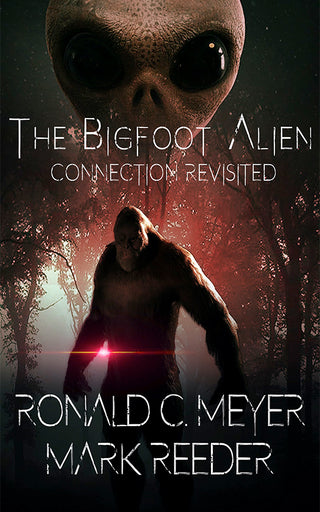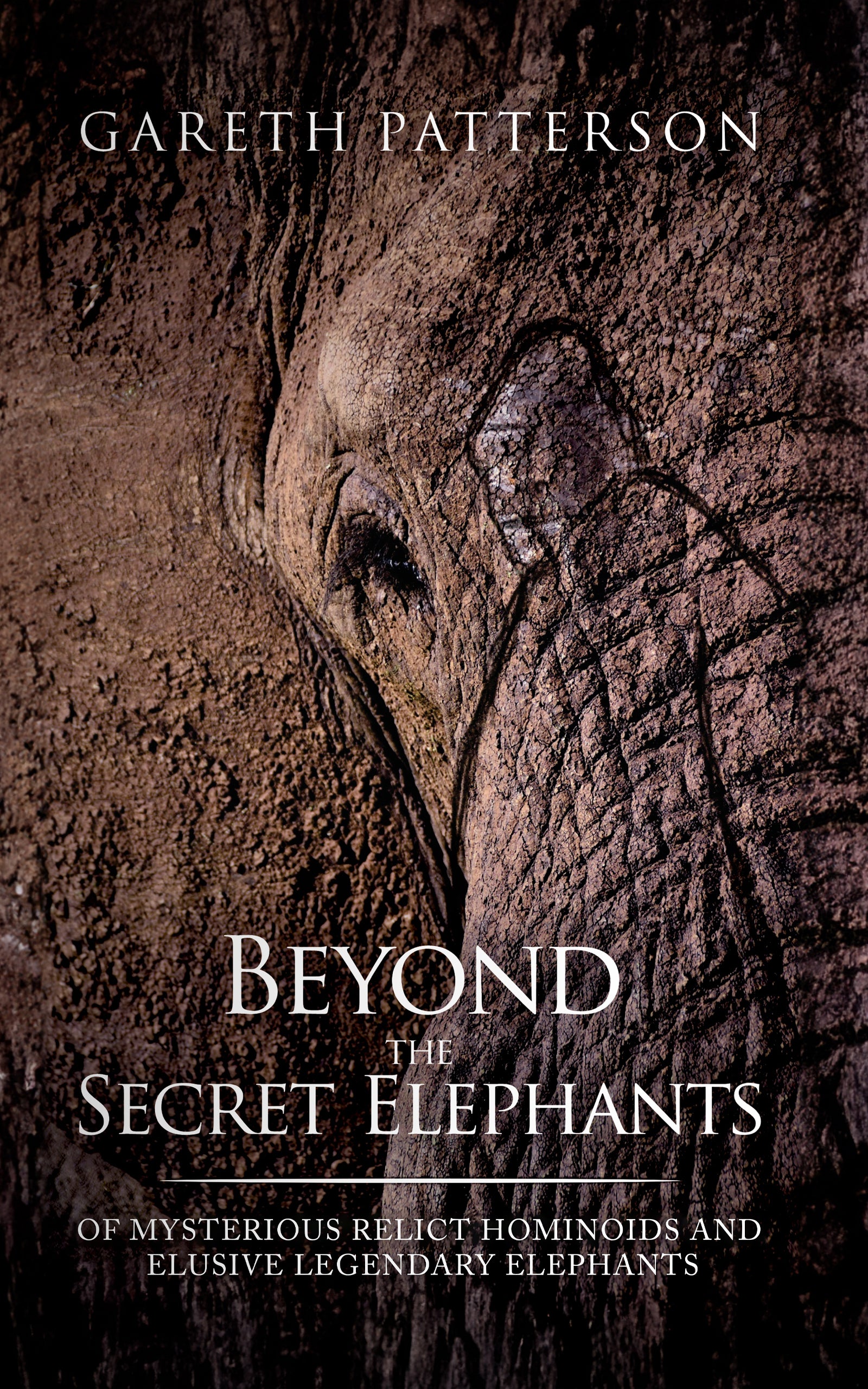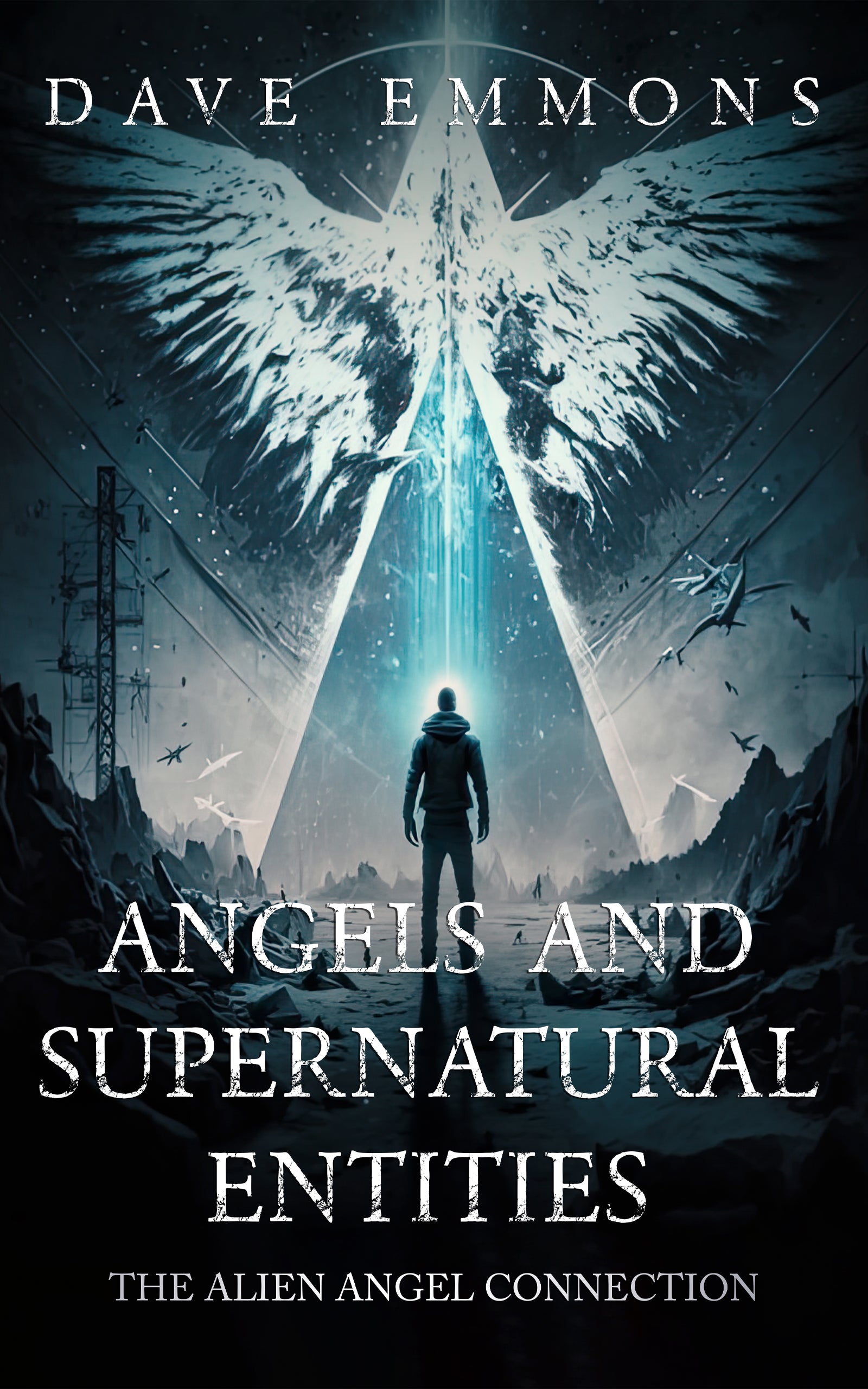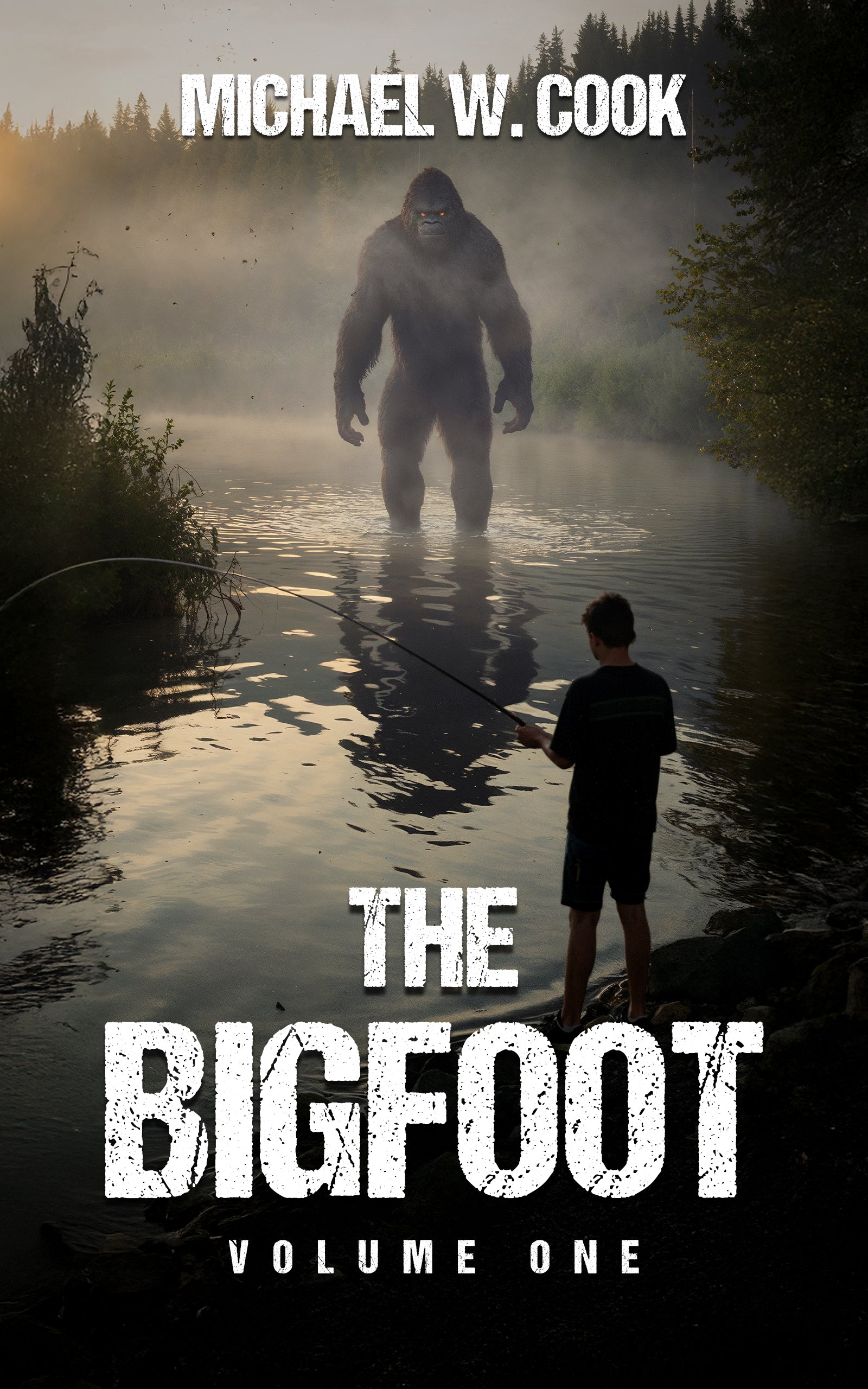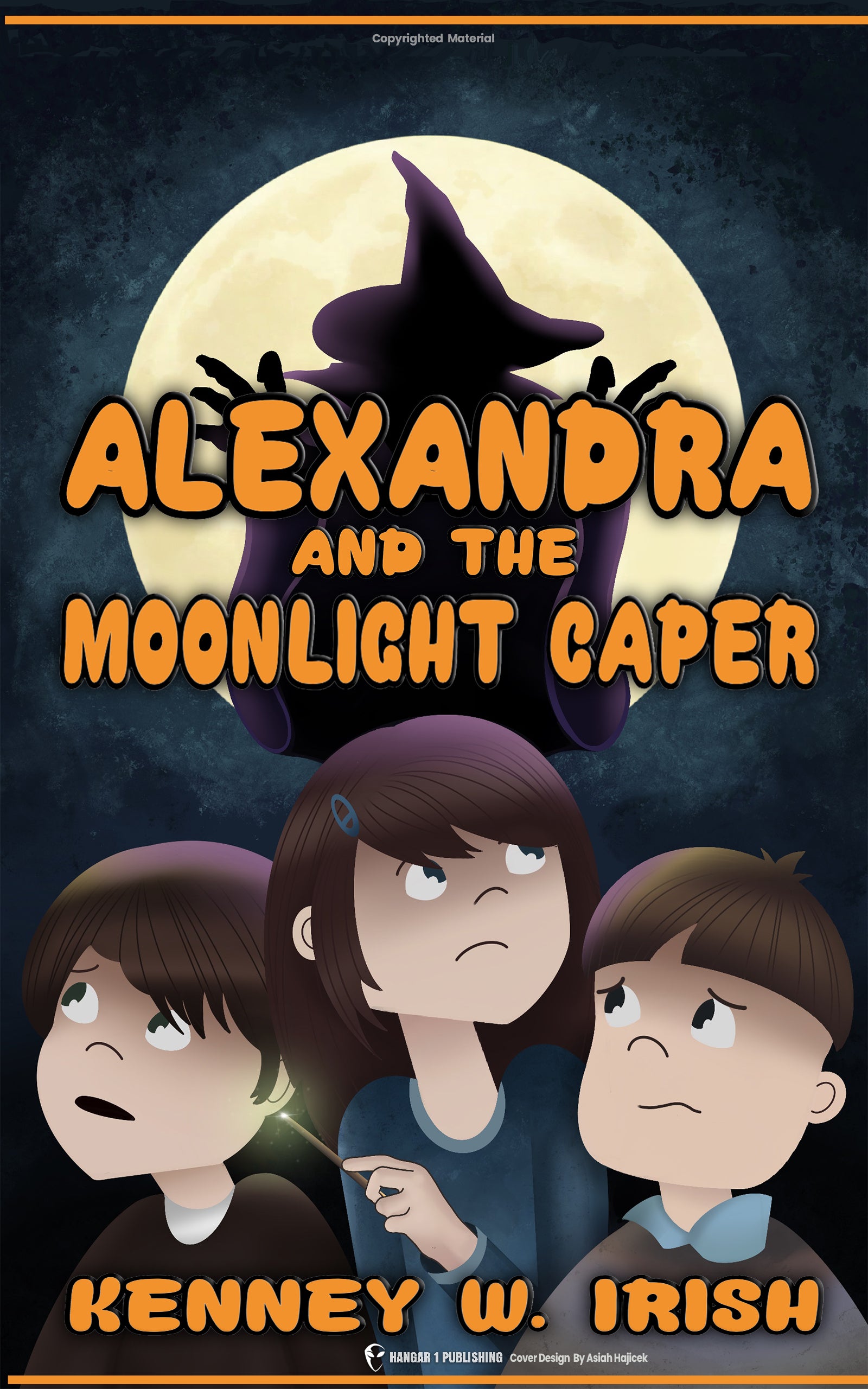Revealed: The World's #1 UFO Hotspot

By Elaine Westfield, Ufologist
The night sky above Bonnybridge, Scotland hangs like a dark canvas, perfect for spotting the inexplicable. It was here in 1992 that a local resident driving home late witnessed a star-like object hovering silently before it transformed into a glowing disc and vanished into the darkness. This sighting marked the beginning of an extraordinary phenomenon: in this unremarkable town of just 6,000 people, approximately 300 UFO sightings are reported every year—more per capita than anywhere else on Earth.
The tiny Scottish town, nestled between Glasgow and Edinburgh, seems an unlikely contender for the title of "UFO Capital of the World." Yet data consistently confirms its exceptional status. Why would this particular patch of Scottish countryside attract such concentrated aerial activity? And what can Bonnybridge tell us about the global distribution of these mysterious phenomena?
In recent years, understanding UFO hotspots—geographical areas where unexplained aerial phenomena cluster—has moved from fringe conspiracy theories to legitimate scientific inquiry. The Pentagon now officially tracks these regions, Congress holds hearings on them, and Harvard scientists deploy sophisticated monitoring equipment to study them. The terminology has even shifted from "UFOs" to the more technical "UAPs" (Unidentified Anomalous Phenomena) in official circles, reflecting this new scientific approach.
Why Here, Why Now? The Science of UFO Hotspots
What makes a particular location a hotspot for unexplained aerial phenomena? Research points to several key factors, both environmental and human.
Dark skies top the list of environmental conditions. Areas with minimal light pollution consistently report more sightings. This correlation is so strong that when researchers at the University of Utah mapped UFO sightings across America, they found an almost perfect overlay with dark sky regions. Their study, which analyzed approximately 98,000 reports spanning from 2001 to 2020, confirmed that rural areas with unobstructed views of the night sky report disproportionately more sightings.
"The idea is that if you have a chance to see something, then it's more likely that you're going to see unexplained phenomena in the sky," explained Richard Medina, associate professor of geography at the University of Utah and lead author of the study.
Geographical features play a role too. Mountains, open plains, and bodies of water create atmospheric conditions that can affect visibility and potentially influence the behavior of whatever these phenomena might be. Magnetic anomalies and geological peculiarities have also been suggested as possible attractors, with some hotspots—like Japan's Iino Village—featuring unusually magnetic rock formations.
Human factors are equally important. UFO researcher Cheryl Costa, co-author of "The U.F.O. Sightings Desk Reference," identified four primary drivers of UFO sightings: hours of darkness, population levels, weather, and leisure time.
"If it wasn't for smokers and dog walkers, we wouldn't have 40 percent of the reports we have," Costa noted. "The patterns are as much about human behavior as they are about UFOs."
Sightings also follow temporal patterns. Costa's research identified a regular "six to eight year cycle" of rising and falling report numbers nationwide. The COVID-19 pandemic triggered a notable spike, with numbers "going through the roof" during initial lockdowns—a time when many people had little to do besides "stream movies, sit on the deck at night and drink," as Costa put it.
Mapping the Phenomenon: Where UFOs Appear Most Often
The Pentagon's All-domain Anomaly Resolution Office (AARO), established in 2022 to investigate UAPs, has identified four global regions with particularly high concentrations of unexplained aerial activity:
- The southeastern United States and Gulf of Mexico
- The West Coast and Pacific Northwest
- The Middle East, particularly in conflict zones
- Northeastern Asia, especially around Japan and the Korean peninsula
Within the United States, the Western region dominates UFO reporting. The University of Utah study confirmed the "historical relationship" between UFOs and the American West, with Nevada, Oregon, Washington, and Idaho showing particularly high activity. Lincoln County, Nevada—home to the infamous Area 51—recorded an astonishing 820.9 sightings per 100,000 residents between 2000 and 2023, making it America's most active county for UFO reports.
California leads the nation in raw numbers, with over 16,000 documented sightings since records began. However, when adjusted for population, Vermont and Washington show the highest per capita sighting rates, with nearly 1,000 sightings per million residents.
The Eastern United States presents an interesting contrast. While the South shows relatively few sightings (with Florida as a notable exception), New England—particularly Vermont, New Hampshire, and Maine—reports exceptionally high activity rates. This area, sometimes referred to as "Lovecraft Country" after the horror writer who set many stories there, has shown steadily increasing reports since 2018.
Internationally, Japan has emerged as a significant hotspot, with concentrated activity around sites with nuclear history—Hiroshima, Nagasaki, and the Fukushima region. This pattern of UFO activity near nuclear facilities appears in multiple countries and has drawn serious attention from researchers.
The Middle East presents another contemporary hotspot, particularly in conflict zones. Two well-documented incidents—an unexplained metallic-looking orb recorded by the U.S. military in 2022, and the earlier "Mosul Orb" captured by an American spy plane over Iraq in 2016—have raised serious security concerns. As investigative journalist Jeremy Corbell told Fox News, these sightings in active war zones create "a terrifying problem" because "combatants don't know whose assets they are."
Bonnybridge: The World's #1 UFO Hotspot
Against this global backdrop, Bonnybridge, Scotland emerges as the most statistically significant UFO hotspot on Earth. This small town's approximately 300 annual sightings among just 6,000 residents translates to a per capita rate far exceeding any other documented location.
The "Falkirk Triangle," as the area is known (stretching between Bonnybridge, Stirling, and Falkland), began attracting unusual attention in 1992 when resident James Walker spotted a star-like object that transformed into a flying saucer. Reports quickly multiplied. Residents described everything from strange lights to structured craft, with multiple-witness sightings adding credibility to the accounts.
Local councilor Billy Buchanan has championed the case of Bonnybridge to three prime ministers and even the Queen. "Is it military? We don't know. But we demand to know," Buchanan has stated repeatedly in his quest for official investigation.
What makes Bonnybridge's case particularly compelling is the consistency of reports over three decades. Unlike many hotspots that experience a surge of activity before quieting down, the Falkirk Triangle has maintained its extraordinary status since the early 1990s.
Theories about Bonnybridge's exceptional activity range from geological (unusual magnetic properties in the local landscape) to military (mistaken identification of classified aircraft) to the extraterrestrial. The lack of nearby major military installations or nuclear facilities makes Bonnybridge something of an anomaly among anomalies—it doesn't neatly fit the pattern seen in other global hotspots.
The Scottish town's claim to be the "UFO Capital of the World" isn't just local boosterism; it's supported by decades of consistent reporting rates that outstrip other contenders. Even Area 51, with all its cultural cachet, doesn't match Bonnybridge's per capita sighting frequency.
The Skeptic's Perspective: Looking for Explanations
Not everyone is convinced that Bonnybridge—or any UFO hotspot—represents truly unexplained phenomena. Skeptics point to several alternative explanations for concentrated sighting reports.
Misidentification tops the list. The Pentagon's most recent annual report on UAPs concluded that most reported cases resolve to "prosaic objects" including balloons, birds, drones, satellites, and conventional aircraft. SpaceX's Starlink satellites have become a particularly common source of confusion, with their train-like formation of lights crossing the night sky.
Psychological and sociological factors also play important roles. The power of suggestion, cultural expectations, and reporting bias all influence how people interpret unusual sights. In areas already known for UFO activity, residents may be primed to interpret ambiguous aerial phenomena as extraordinary rather than mundane.
For some hotspots, economic incentives may come into play. UFO tourism generates significant revenue for places like Roswell, New Mexico, which has transformed its alleged 1947 crash incident into a thriving industry complete with museums, festivals, and themed accommodations. While Bonnybridge hasn't developed this economic angle to nearly the same extent, the potential for tourism dollars always raises questions about motivations for promoting UFO narratives.
The Pentagon's All-domain Anomaly Resolution Office maintains that it has found "no evidence of extraterrestrial beings, activity, or technology" in its investigations. However, a small percentage of cases continue to defy conventional explanation. In its most recent report, AARO identified 21 cases (out of 757 new reports received between 2023-2024) that "merited further analysis" due to their anomalous characteristics or behaviors.
Scientific Monitoring: New Approaches to an Old Mystery
The scientific community has begun approaching UFO hotspots with unprecedented rigor. Harvard's Galileo Project, led by astronomer Avi Loeb, has constructed an observatory specifically designed to monitor objects flying overhead and collect better data on potential UAPs.
This observatory, nicknamed "Dalek" after the alien cyborgs from Doctor Who, includes eight infrared cameras that provide "the full picture of the entire sky at all times." When something unusual is detected, the system automatically focuses additional sensors on the object. Machine learning algorithms filter out known objects like birds, airplanes, and balloons, focusing attention on truly anomalous phenomena.
"So far, we have been operating this observatory for several months, and we saw hundreds of thousands of objects in the sky. None of them appears to be anomalous," Loeb reported. "But even if one in a million came from outside of this Earth that would be big news to humanity and will change our future."
Private companies are also developing smartphone apps designed to crowdsource UFO reporting with better data quality. These apps record position data, direction, and other metadata that help verify reports and filter out misidentifications.
The Pentagon's AARO represents the most well-resourced effort to study these phenomena. With access to military sensors and classified information, AARO received 757 new UAP reports between May 2023 and June 2024, bringing its total to 1,652 reports. The office uses sophisticated analysis techniques to identify patterns and potential explanations.
AARO director Jon Kosloski has emphasized the need for better data acquisition: "As a mathematician and data scientist, I enjoy poring through the data, looking for the subtle correlations and teasing out the threads to identify hypotheses and get the scientific method started."
The Future of UFO Hotspots: Changing Patterns
The geography of UFO sightings continues to evolve. While some historical hotspots maintain their status (Bonnybridge being the prime example), others fade as new areas emerge. This shifting landscape reflects both changes in human activity patterns and potentially changes in whatever underlies the phenomena themselves.
Technology is transforming how we detect and verify aerial anomalies. The ubiquity of smartphone cameras means more potential evidence is captured, but paradoxically, the rise of AI-generated imagery and deepfakes makes verification more challenging. Advanced sensor networks deployed by scientific projects and military installations provide more reliable data but cover limited geographical areas.
Government approaches to UFO/UAP research have undergone a remarkable shift toward transparency. After decades of dismissal and secrecy, military and intelligence agencies increasingly acknowledge the reality of unexplained aerial encounters and their potential security implications. International cooperation in UAP research is growing, with Japan's government launching its own investigation in 2023 after the U.S. designated the region a "hotspot."
What remains unclear is whether truly breakthrough understanding lies around the corner. The patterns visible in UFO hotspots—their correlation with dark skies, military installations, nuclear facilities, and specific geographical features—provide tantalizing clues. But the fundamental nature of what people are seeing in places like Bonnybridge continues to elude definitive explanation.
Visiting Scotland's UFO Capital
For those intrigued enough to see Bonnybridge for themselves, the town lies about 23 miles from Edinburgh and 24 miles from Glasgow—easily accessible by car or public transportation from either city. Unlike Roswell or Area 51, Bonnybridge hasn't developed extensive UFO tourism infrastructure, which lends an authenticity to the experience but means fewer organized activities for visitors.
The best viewing times coincide with clear, dark nights, particularly in winter when Scotland's northern latitude provides extended darkness. Local residents are generally willing to share their experiences, though responses range from enthusiastic belief to skeptical disinterest.
Key sites within the Falkirk Triangle include Bonnybridge itself, the nearby town of Falkirk, and the surrounding countryside where many sightings have occurred. The area also offers non-UFO attractions, including the famous Falkirk Wheel (a rotating boat lift) and the Kelpies (massive horse-head sculptures)—providing alternative entertainment if the extraterrestrials don't make an appearance during your visit.
While formal UFO tours are limited, local knowledge can be invaluable. The town's small size means visitors can easily find residents with personal sighting stories, creating a more intimate experience than the commercialized atmosphere of America's UFO tourism destinations.
The Mystery Continues
Whether driven by genuine anomalies, misidentifications, or human perception biases, UFO hotspots continue to fascinate both researchers and the public. Bonnybridge's exceptional status—300 annual sightings in a town of 6,000—makes it statistically the world's most active location for unexplained aerial phenomena, even as scientific investigation of these events reaches unprecedented sophistication.
The patterns revealed through hotspot analysis suggest that while many sightings likely have conventional explanations, the consistent clustering in certain regions raises intriguing questions that resist easy dismissal. Environmental factors clearly play a major role—dark skies, clear weather, and wide-open landscapes create ideal conditions for observing unusual aerial activity. Human factors also contribute significantly, with population density, leisure time, and cultural context all influencing reporting rates.
Yet even accounting for these factors, some regions—Bonnybridge foremost among them—maintain unexpectedly high concentrations of unusual aerial phenomena reports. The correlation with military installations, nuclear facilities, and other sensitive sites suggests possibilities ranging from misidentified conventional aircraft to deliberate surveillance by foreign adversaries to the more extraordinary hypothesis of non-human intelligence monitoring our most powerful technologies.
As government agencies, academic researchers, and dedicated civilian organizations continue to gather and analyze data from these hotspots, we may come closer to understanding what people are really seeing in our skies—and what these sightings tell us about both the phenomena themselves and our own fascination with the unexplained.
For now, the night skies above Bonnybridge remain both a mystery and an invitation—a place where the ordinary may glimpse the extraordinary, and where the boundary between the known and unknown grows tantalizingly thin.
From Bigfoot to UFOs: Hangar 1 Publishing Has You Covered!
Explore Untold Stories: Venture into the world of UFOs, cryptids, Bigfoot, and beyond. Every story is a journey into the extraordinary.
Immersive Book Technology: Experience real videos, sights, and sounds within our books. Its not just reading; its an adventure.








